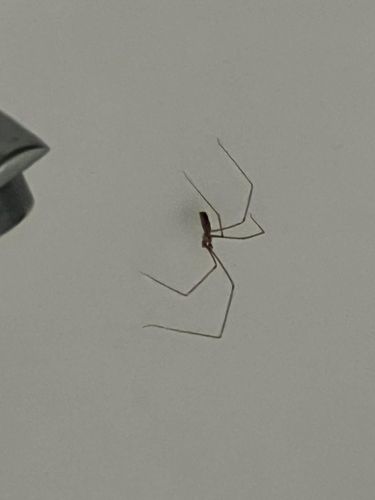Cellar Spider (or Daddy Long-legs Spider)
Scientific Name: Pholcus phalangioides
Order & Family: Order: Araneae, Family: Pholcidae
Size: Body length typically 2-10 mm; leg span can be up to 50 mm (2 inches) or more, giving them their 'daddy long-legs' appearance.

Natural Habitat
Cellar spiders commonly inhabit dark, damp, and undisturbed areas. Indoors, they are frequently found in basements, cellars, crawl spaces, garages, sheds, and sometimes in upper corners of rooms. Outdoors, they can be found under rocks, logs, and in caves.
Diet & Feeding
Mainly other insects and spiders. They are beneficial as they feed on a variety of household pests, including other spiders (even larger, more venomous ones like hobo spiders or black widows if found indoors), mosquitoes, and flies.
Behavior Patterns
Cellar spiders are known for their ability to vibrate rapidly in their webs when disturbed, making them difficult for predators to see clearly. They build messy, irregular webs, often in corners, and will sometimes take over the webs of other spiders. They can live for up to 3 years. These spiders are not aggressive towards humans.
Risks & Benefits
Risks: Minimal to humans. Despite urban legends, their venom is not considered medically significant to humans, and their fangs are too small to easily penetrate human skin. Benefits: They are highly beneficial in controlling indoor insect populations, including other spiders, significantly reducing the presence of common household pests.
Identified on: 8/14/2025